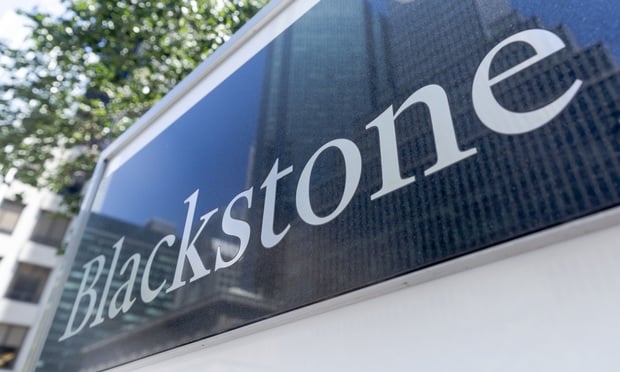Commercial real estate has long been a tool to hedge inflation by storing value. But after 15 years of dovish Federal Reserve monetary policy, massive stimulus from tax cuts and then pandemic aid, and disrupted supply chains, the usual may not be the new normal. Investors seeking an inflation hedge should look carefully at CRE and exactly what areas they're getting into.
Many in the industry are spooked. "At a macro level, it's nervousness about systemic inflation," Paul Getty, CEO at First Guardian Group, tells GlobeSt.com. The overall M2 money supply has "grown in excess of 20% in the last year," he adds. "Those who lived back in the 70s are getting nervous about the same kinds of things we heard back in the 70s."
The 70s were an unusual period. With cheap money intended by Richard Nixon to boost the economy with an eye to a presidential reelection, there were also the end of the gold standard, angst over the Vietnam War, and ultimately OPEC policies driving up energy costs.
Recommended For You
Want to continue reading?
Become a Free ALM Digital Reader.
Once you are an ALM Digital Member, you’ll receive:
- Breaking commercial real estate news and analysis, on-site and via our newsletters and custom alerts
- Educational webcasts, white papers, and ebooks from industry thought leaders
- Critical coverage of the property casualty insurance and financial advisory markets on our other ALM sites, PropertyCasualty360 and ThinkAdvisor
Already have an account? Sign In Now
*May exclude premium content© 2025 ALM Global, LLC, All Rights Reserved. Request academic re-use from www.copyright.com. All other uses, submit a request to [email protected]. For more information visit Asset & Logo Licensing.








